After years of living with two long-haired cats, I can’t even count the number of times I’ve stepped on a hairball on the way to the bathroom in the middle of the night. Much like litter boxes, hairballs are just something we deal with in order to glean all of the benefits of living with the amazing creatures that are our cats. Most of us don’t like to think about hairballs beyond the few seconds it takes us to clean them up, but they’re actually quite interesting! Here are 6 fascinating facts you may not have known about your cat’s most precariously-placed gifts.
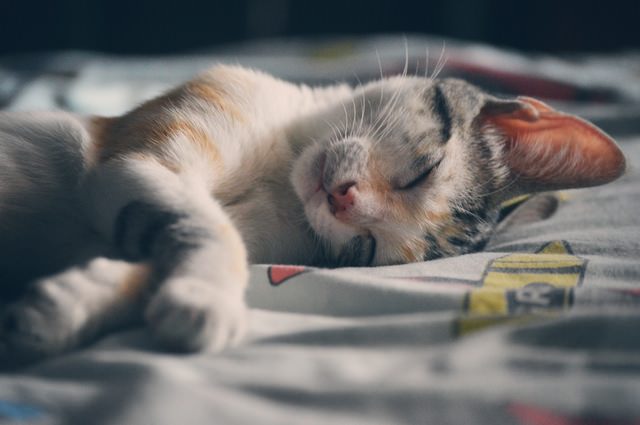
#1 – Hairballs are a result of a healthy habit
Your cat has barbs on her tongue that help remove loose hairs from her coat when she grooms. When she swallows the hairs, some of them collect in her stomach and form hair balls, which she’ll later cough up. There’s no doubt that hairballs are gross… but they’re actually a sign that your cat has great grooming habits!
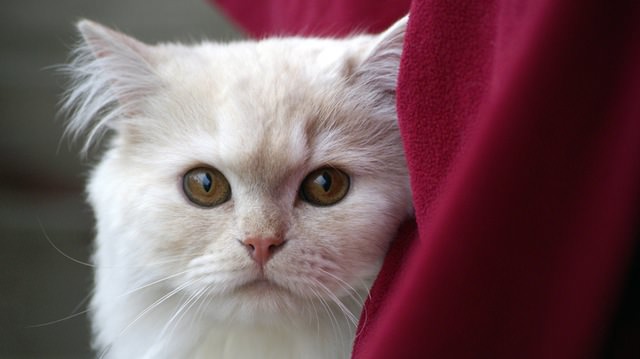
#2 – Hairballs are usually not balls at all
Hairballs are more ball-like in your cat’s stomach, but the hairballs you’ll find around your home are shaped more like tubes. That’s because the hairballs get elongated when they travel through your cat’s esophagus on the way out.
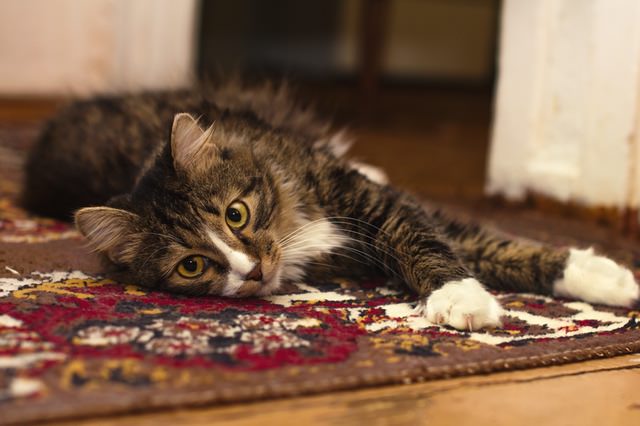
#3 – They have a cool scientific name
The scientific name for hairballs is trichobezoars. ‘Trich’ is greek for hair. ‘Bezoar’ is the word for a mass that’s found in the stomach or intestines.
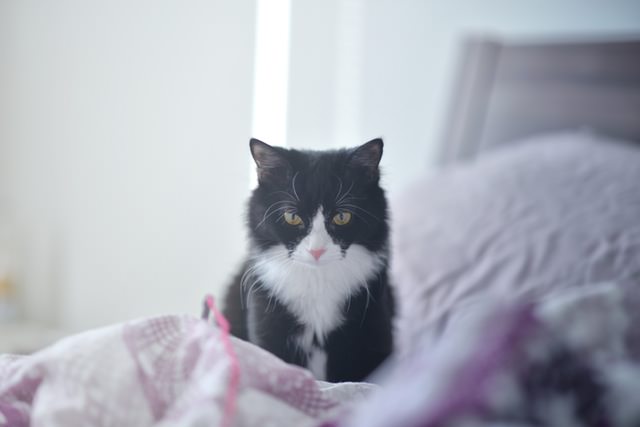
#4 – Hairballs represent only a small portion of the hair your cat consumes
It can seem like there’s a lot of hair packed into a dense hairball, but most of the hair your cat consumes while grooming won’t come out in the form of a hairball at all. Most of the hair will travel through her digestive system to end up in the litter box!
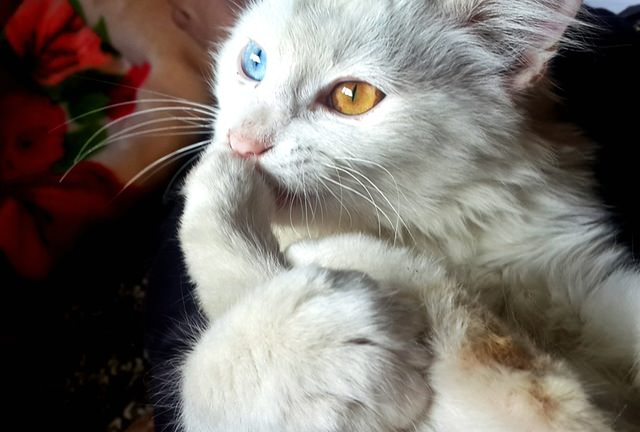
#5 – Hairballs are more common at certain times of the year
Though your cat grooms year-round, she may consume (and therefore cough up) more hair during certain times of the year. Cats who live in 4-season climates grow thicker coats during the winter and shed more in the spring and summer as their environments get hotter. More shedding means your cat is swallowing more hair when she grooms, which results in more hairballs. You can help minimize the annual increase in hairballs by getting into a habit of brushing your cat regularly to remove excess hair.
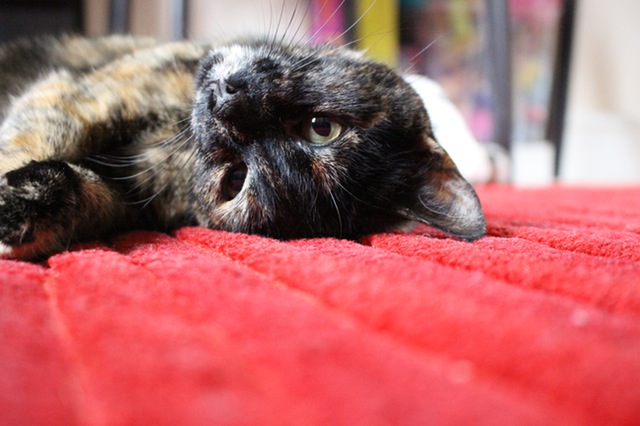
#6 – Not all cats experience the same frequency of hairballs
Not all cats produce the same amount of hairballs or cough them up at the same rate. In fact, some cats are far more prone to hairballs than others. Some factors that determine how likely a cat is to be hairball prone include the climate the cat lives in, whether the cat has short or long hair, whether the cat regularly grooms herself, and whether or not the cat eats a balanced diet.
If your cat displays the symptoms of coughing up a hairball (coughing, heaving, vomiting) without actually producing a hairball, make an appointment for a checkup with your veterinarian. Those symptoms may indicate a dangerous blockage.
